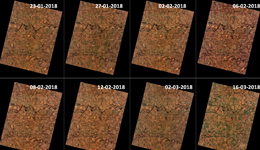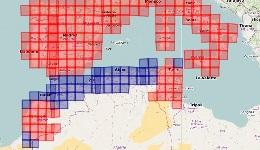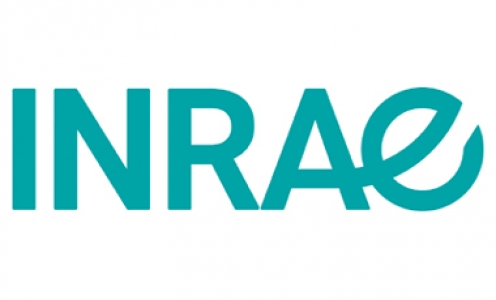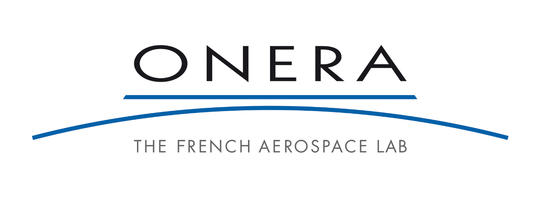First delivery of Venµs images
A set of 35 images (L1C) acquired over the Venµs sites since January 2018 are available for download on the following Cnes web site theia.cnes.fr.
Venµs is now systematically acquiring data on all selected sites since January 2018, although a few acquisitions were missed from time to time for various technical reasons, which should become progressively less frequent.
The commissioning phase of the Venµs mission is not yet completed regarding image quality (radiometry and geometry). This delay is due to several issues, the most important of which are detailed hereafter.
However, since these issues do not prevent the use of the data, CNES decided to process and distribute a first set of 35 Level-1 (L1C) images for which the radiometric and geometric qualities are acceptable. Level 1C corresponds to orthorectified Top of the Atmosphere reflectances. This preliminary data set is intended to allow the users to familiarize with the data and their format.
These 35 images are only a subset of the data that are systematically acquired over the Venµs sites since January 2018. We plan to start the distribution of these L1C Venµs time series by April 2018. We expect to start the distribution of the Level-2 products (surface reflectances) by late May or beginning of June, 2018.
A simplified description of the product format document is available here: https://labo.obs-mip.fr/multitemp/?page_id=12984
The full description of the format will be soon available here: https://theia.cnes.fr/atdistrib/rocket/#/documents
Main issues
The absolute calibrations of the spectral bands B1 (415 nm) and B2 (440 nm), both located in the blue, are less accurate than the calibration of the other spectral bands. This issue prevents the use of B1 and B2 for retrieving the aerosol optical depth (AOD) or for water color applications.
The accuracy of the satellite attitude restitution is for now lower than expected. Due to the fact that the different bands are not acquired simultaneously this has mainly impacts on the inter-band registration. For some sites with heavy cloud cover or uniform landscape, this issue also impacts the multi-temporal registration.
The characterization of radiometric and geometric performances is still ongoing. Efforts are also devoted to the improvement of the preprocessing algorithms.
As soon as significant progresses are made, the whole data set acquired since January 2018 will be reprocessed with the new parameters and algorithms.
The Venµs page on the Theia web site will keep you informed on the progress made.
More information: Venus














